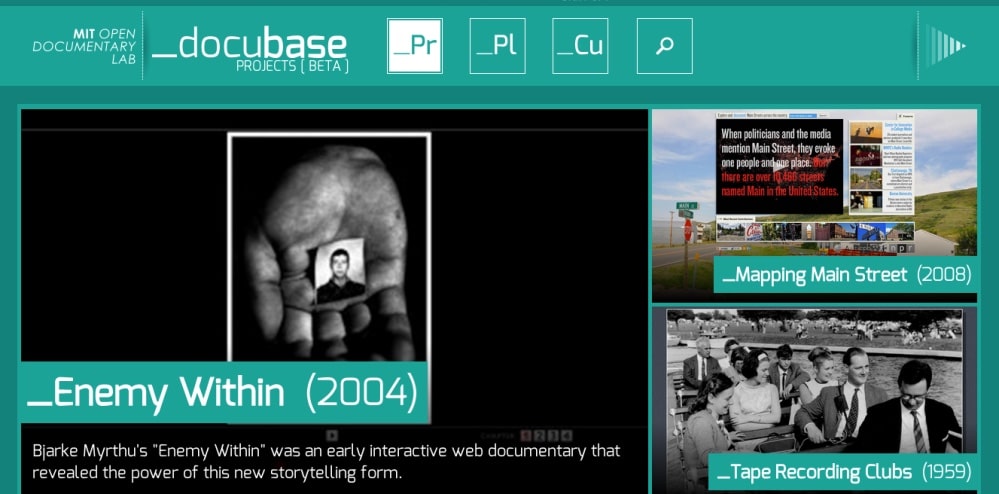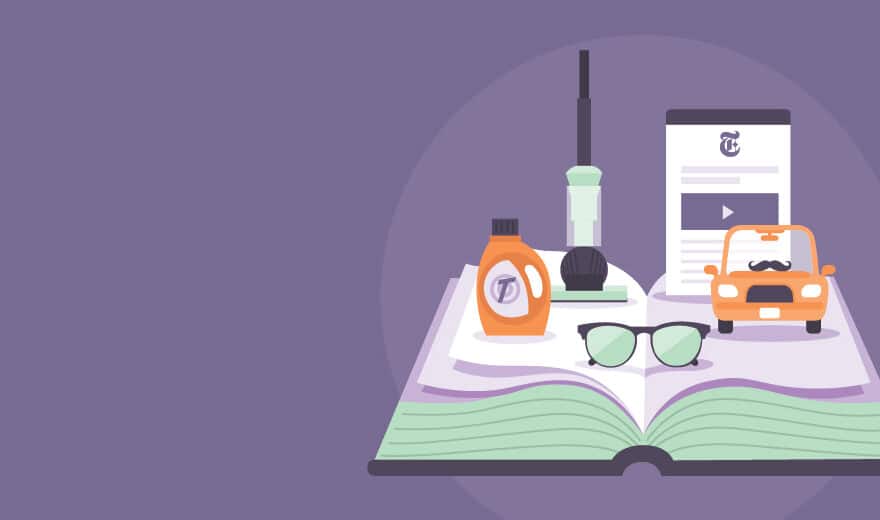Dr. Dush is in the midst of teaching WRD 531 Digital Storytelling…again. She has been teaching the course, or slight variations of it, since her PhD work. While she began teaching a similar course in a public facing context, she has since taught the course at DePaul many times over.
Digital stories are used by nonprofits and healthcare organizations to tell stories and relay testimonies, often in the interest of development. Dr. Dush explains that digital stories most often feature a slideshow of photos with an overlaid audio track. In the spirit of WRD, the course takes students through pedagogy and practice for creating authentic, honest stories that honor the voice and experiences of featured individuals. Dr. Dush said in our interview “students are encouraged to think about ways digital storytelling avoids the narrative of ‘I was in trouble and the organization saved me.’” This problematic and limited narrative trap is often encountered by nonprofits looking to tell written stories or express testimonies in a traditional written form. This makes the course especially valuable to those pursuing the SWAN certificate at DePaul, but Dr. Dush says that students are also encouraged to look at stories in other industries, such as healthcare and environmental technologies.
The course involves a “landscape survey” of critical, existing material. While there are some pedagogical readings on elements of counterstory and curated stories, Dr. Dush explained that she’s “committed to including multimedia materials” in the course readings. The prime examples of platforms that host examples of digital stories, termed “story sites”, include Storycenter.org and the MIT hosted Docubase. Students review compelling examples from these story sites and explore published testimonies from nonprofits or other organizations in preparation for their own digital story creation.

The digital story compilation process uses two software tools. The first is web-based video editing platform WeVideo and the second is the classic, user-friendly audio editing software Audacity. Before assembling the digital compilations, students have a chance to write and workshop their story concepts and audio track ideas. The resulting piece is a new, unique and specific visual story.
Students in this course often create personal stories and Dr. Dush notes that often, these personal stories come out the best. The main advice she gives in the course is “tell a personal story that you want to tell now.” Projects about family, childhood or other intimate memories are wholly encouraged and accepted, creating a space for personal exploration, growth and artistic expression.
This course is a creative, authentic and artistic experience in WRD. Along with composing meaningful and purpose-driven narratives, students have a chance to make art. Producing personal and professional artwork is a rare and valuable opportunity to express oneself authentically, something I see as too few and far between in writing education which in itself relies on self expression.
